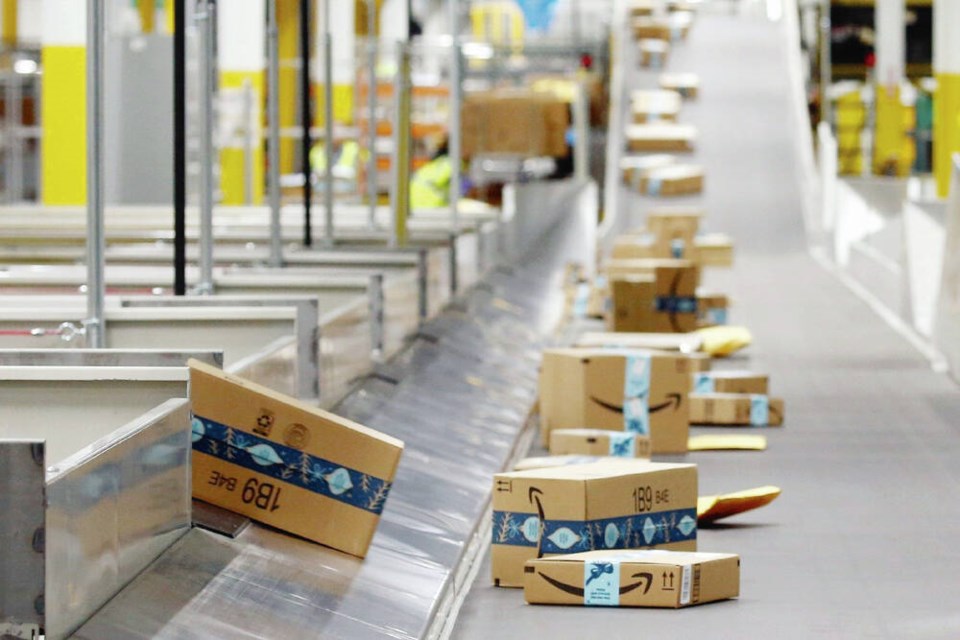The City of Nanaimo says it’s continuing to face an “explosion” in the amount of materials to be recycled due to a jump in online deliveries since the pandemic started.
Packaging put out at curbside started to ramp up at the beginning of pandemic, said Bill Sims, general manager of engineering and public works for the city. He expected the volume to eventually slow down, but that never happened.
As a result, municipal refuse trucks have doubled the number of trips to a private depot at the south end of the city. From there, the company takes the materials to a new Recycle B.C. facility in Chemainus.
“It’s challenging to compact big lofty boxes compared to regular garbage,” Sims said Tuesday. “There’s so much of it that we need to take two trips to the facility, whereas pre-pandemic, we would do one.”
Nanaimo Mayor Leonard Krog is urging people to shop locally — not only because the money stays in the community, but because it reduces the environmental impact of long-distance deliveries.
Reducing the amount of packaging coming into Nanaimo would ease pressure on the city’s waste-collection fleet, he said.
“When the environment is the issue for all of us, think about what and how you consume.”
Council members voted Nov. 22 to replace two old diesel refuse trucks with two new compressed natural gas vehicles at a cost of close to $500,000 each. Replacing the diesel vehicles is expected to reduce emissions.
Committee members also agreed to reduce the life of a refuse vehicle to eight years from the current 10. After eight years, it does not make financial sense to repair the older vehicles, a consultant’s report said.
Nanaimo has 13 refuse trucks in its fleet.
One option, which will go to council, would see about $14 charged each household in 2022 to help pay for the new vehicles and cover the cost of reducing their useful life to eight years, since the city sets aside funds to replace the vehicles.
The weight of all curbside materials being collected, including garbage, recycling and compostables, has increased by about 55 per cent since 2018, the city says.
Some of that is the result of the curbside collection of household food scraps and yard waste, which has reduced individual trips to the landfill.
The typical household puts out 650 kilograms of materials a year to be collected at the curb, including 130 kilograms for recycling.
Brandon Miller, Nanaimo’s manager of fleet operations, said in a report that it is not feasible to sustain the current curbside collection service without a related increase in fees.
“The most effective way to reduce user fees is to reduce the disposal of waste by residents,” he said.



